Application of Spirulina as an ingredient for dog and cat food
Spirulina cyanobacteria is a prokaryotic microorganism that has 35 identified species (VENKATARAMAN, 1997). The Spirulina Platensis and Spirulina Maxima species are the most studied as they present a significant amount of nutrients when used as a food supplement.
They are a source of amino acids (approximately 65% of crude protein), minerals, vitamins, gamma-linolenic (GLA), eicosapentaenoic (EPA), and docosahexaenoic (DHA) fatty acids. They also present approximately 15% of biliproteins (C-phycocyanin, allophycocyanin, and phycoerythrin) (TAKEUCHI et al., 2002), with a powerful antioxidant action demonstrated in in vitro studies and in some animal species. Due to its chemical composition, immunomodulatory effects have been attributed to this ingredient in humans and animals.
Compared to other substances used as antioxidants in animal feed, the alcoholic extract of Spirulina inhibited lipid peroxidation more significantly (65% inhibition) than alpha-tocopherol (35%), BHA (45%), and β-carotene (48%). The antioxidant activity of Spirulina has been attributed to the synergism of the antioxidants present since extraction with hexane, petroleum ether, ethanol, and water show antioxidant activity, demonstrating the presence of compounds of a different chemical nature in Spirulina composition. An important aspect is the more powerful activity of the aqueous extract of this algae, even after polyphenol removal, which suggests the presence of water-soluble compounds with an important antioxidant action (CHOPRA & BISHNOI, 2008).
Phycocyanin is extracted from Spirulina Platensis and can act in the retention of free radicals and iron chelator and protect the activity of antioxidant enzymes (MIRANDA et al., 1998). Oxidation and inflammation play a key role in many diseases, including degenerative diseases. The formation of free radicals is related to the immune system weakening and aging. In vivo, Spirulina can reduce markers of brain oxidative damage and reverse age-related increases in proinflammatory cytokines (GEMMA et al., 2002), substances necessary for the inflammatory response. Antioxidants consumed as part of the diet are essential to protect cells from damage caused by free radicals.
Antioxidants have been investigated for their ability to influence the immune system, especially in the inhibition of tumor genesis in laboratory animals, in the modulation of the inflammatory response, in the regulation of the production of certain cytokines in vivo and in vitro, and in the phagocytic activity of macrophages (BORCHERS et al., 2009).
Spirulina also has some glycolipids (O-β-D-galactosyl-(1-10)-20,30-di-O-acyl-D-glycerol), which have immunological characteristics similar to microorganisms' cell wall components of microorganisms, functioning as Toll Ligands, which, in turn, stimulate especially TLR-2 and TLR-4 receptors. Therefore, these foods are recognized as "foreign elements' to the body and stimulate the immune response. (HAYASH et al., 1994; BORCHERS et al., 2009).
Small daily amounts of Spirulina may have various health benefits for dogs and cats. Several studies in the nutritional and immunological areas mentioned below have identified Spirulina inclusion in pet food offers many benefits in promoting animal health.
One of the main Spirulina benefits is its role in immune reinforcement. It works by helping and improving the intestinal microflora and this, in turn, helps improve immune and intestinal health (REYNOLDS & SATYARAJ, 2014).
LABRES (2012) demonstrated that Spirulina usage up to the 3% level in diets is safe in dog food formulas. In the inclusion of 1%, there was seen a reduction in the production of interleukin 10 (IL-10) by the mononuclear cells of dogs fed with Spirulina, which seems to be related to the better oxidative status of the animals, verified also by lower serum concentrations of thiobarbituric acid reactive substances (TBARS).
A healthy digestible system allows a better nutrient usage, especially of Spirulina itself, stimulating the immune system and increasing the body's ability to generate new blood cells, as well as suppressing harmful bacteria from the gastrointestinal tract such as Escherichia coli (MANCHESTER et al., 2013).
Studies show that Spirulina has an immunostimulatory effect by increasing resistance to infections through antibody stimulation. In cats, an increase in the macrophages' phagocytic activity was found in the presence of Spirulina, which means greater effectiveness in germ elimination (QURESHI & ALI, 1996). Dogs fed with Spirulina-supplemented diets had higher vaccine (rabies) responses and higher fecal IgA levels, compared to dogs that did not receive Spirulina in their diets (REYNOLDS & SATYARAJ, 2014). Therefore, animal immunity and resistance to diseases are increased, and Spirulina use can reduce the need for antibiotics and other drugs.
Spirulina application is still timid in the pet food industry, yet we see some supplements and specific foods that contain this ingredient as a functional one. There is still little information on the application of this ingredient in the process of preparing extruded or cooked diets at high temperatures. Some experts suggest embedding it in an oil bath after the extrusion process. However, further studies are needed to assess the feasibility of using Spirulina in industrialized products for dogs and cats.
By: Liliane Palhares, Ludmila Barbi and Erika Stasieniuk



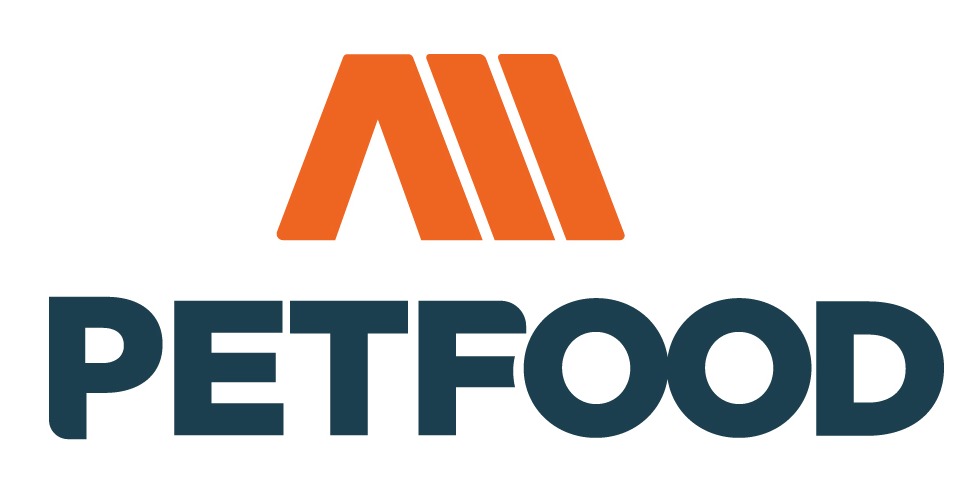


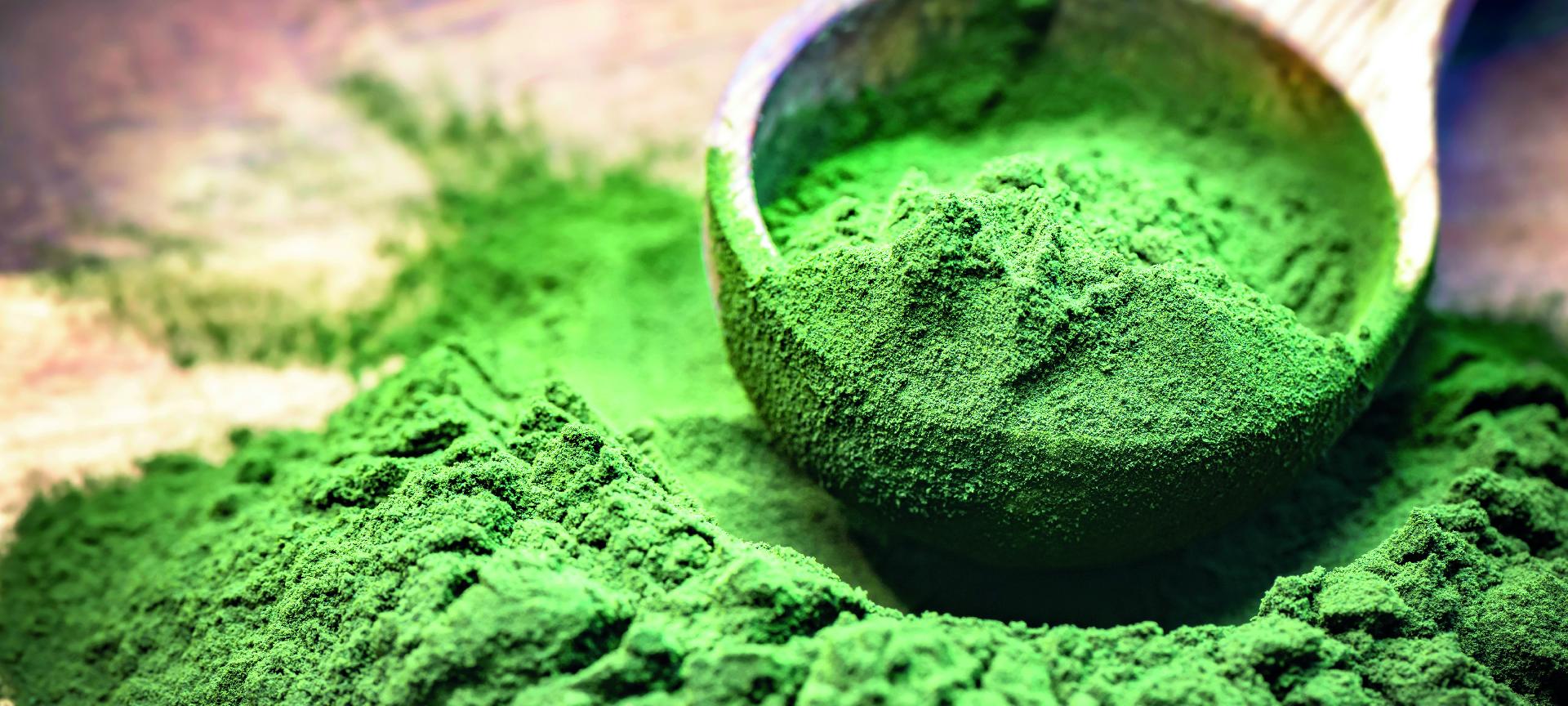
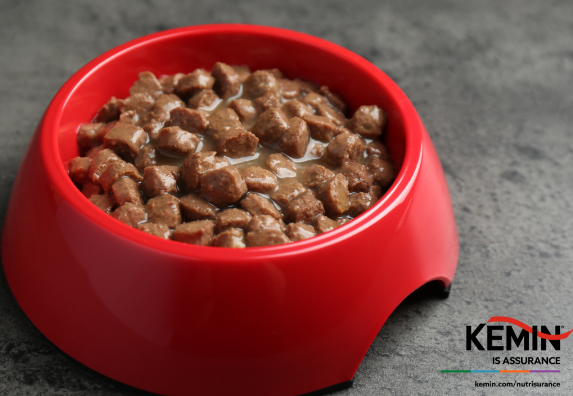





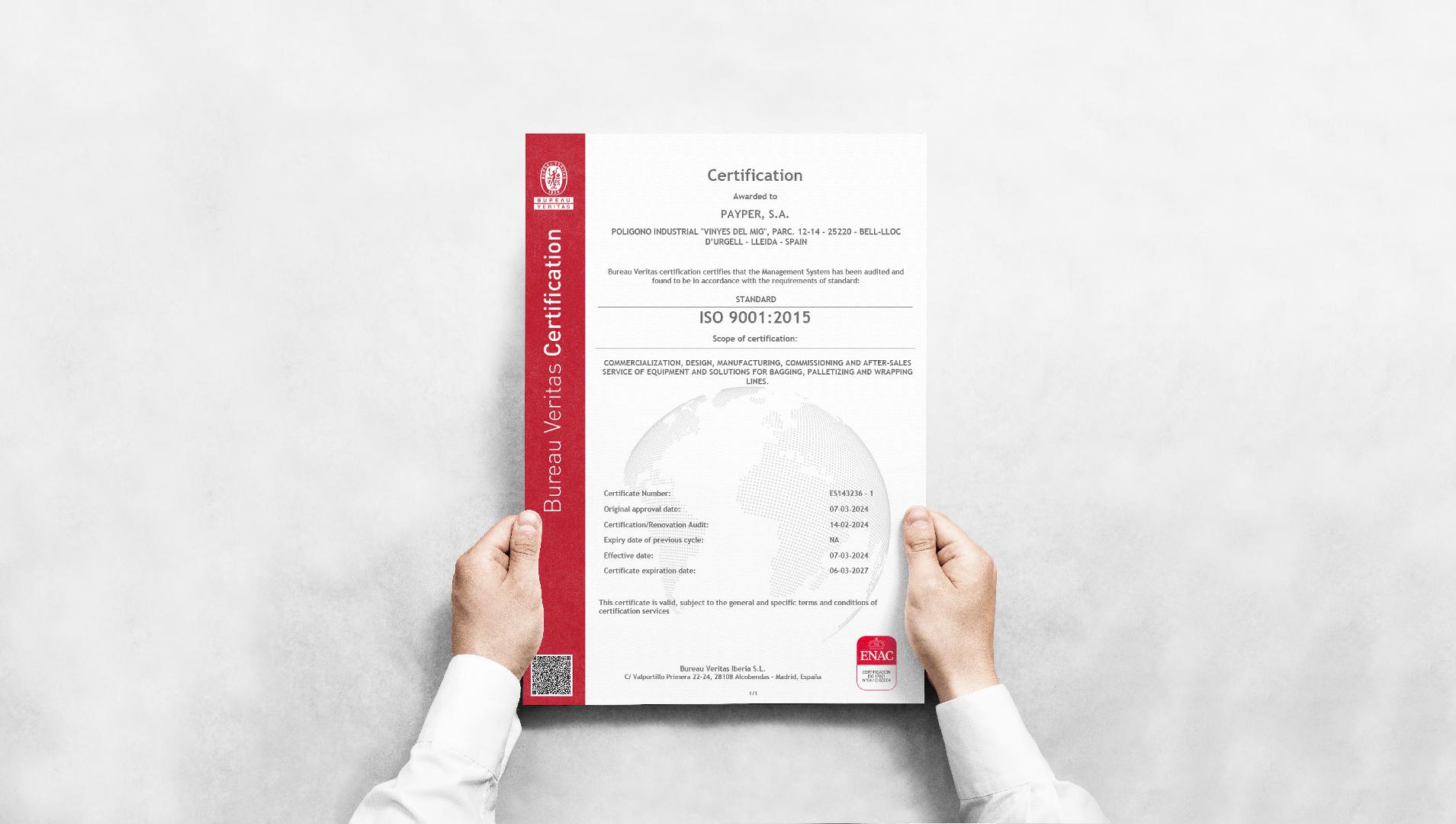

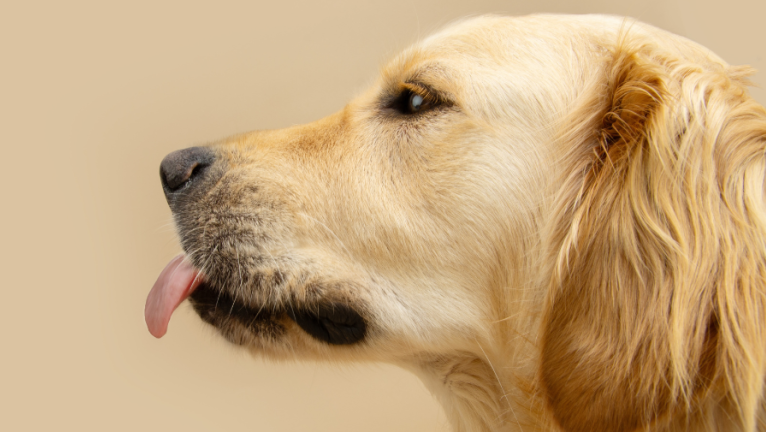


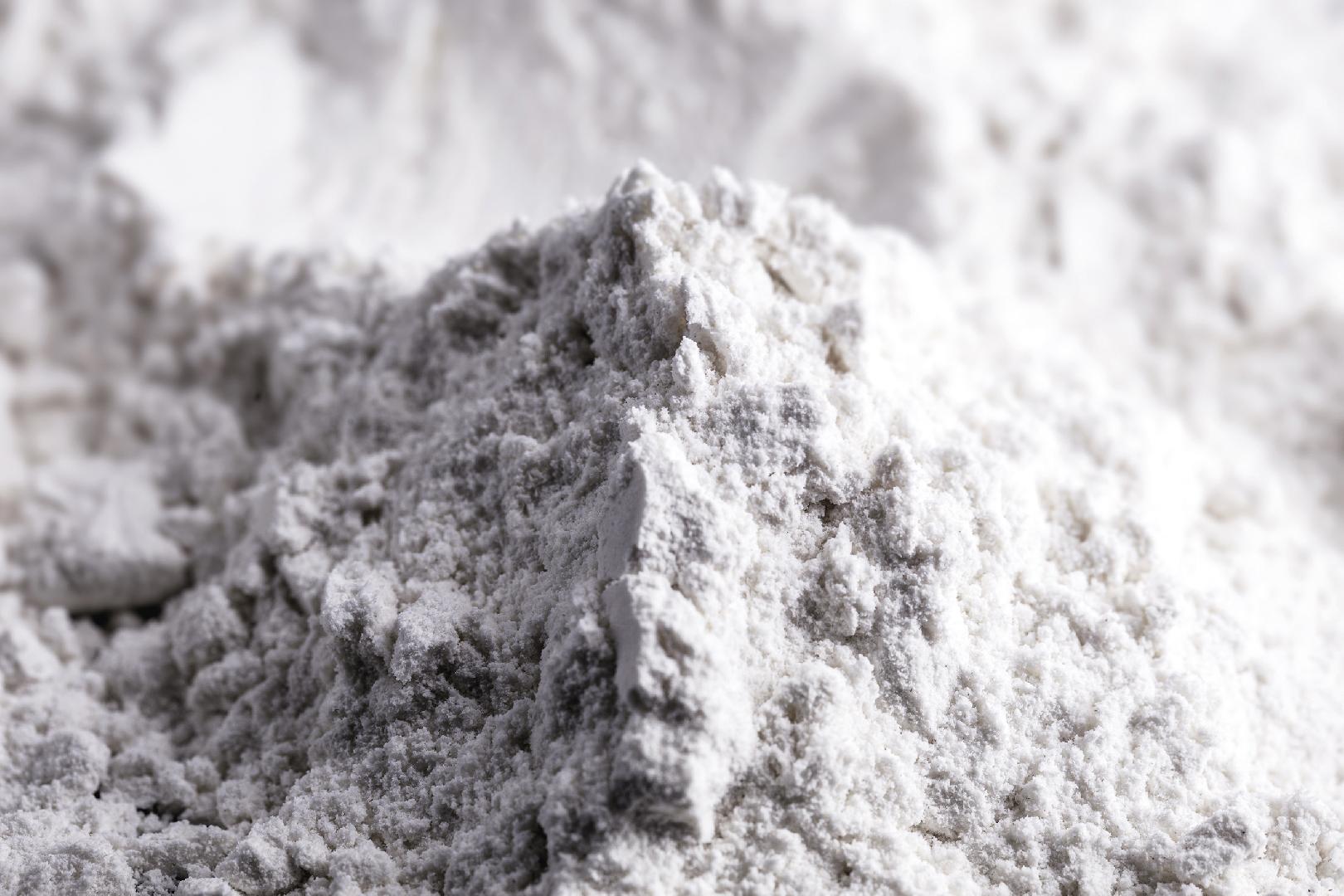
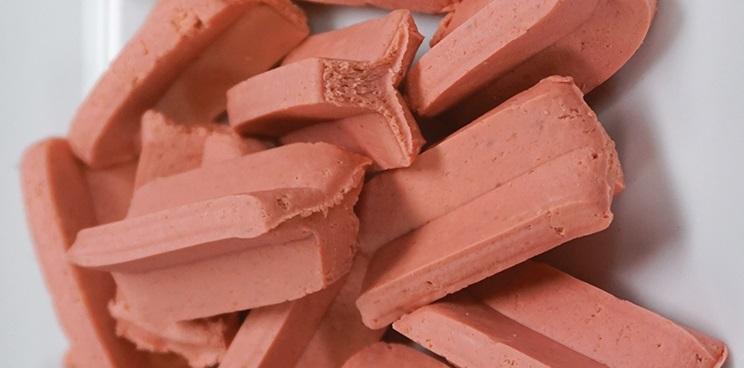










Leave a comment